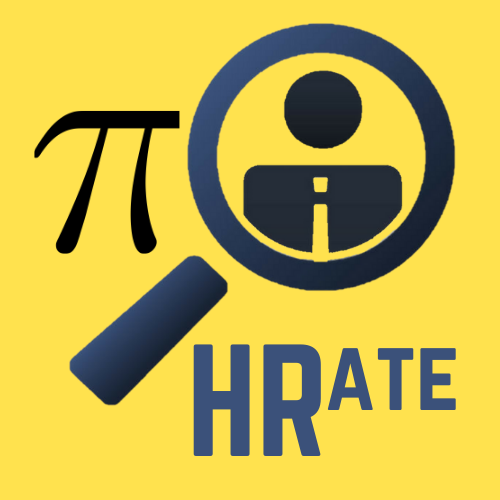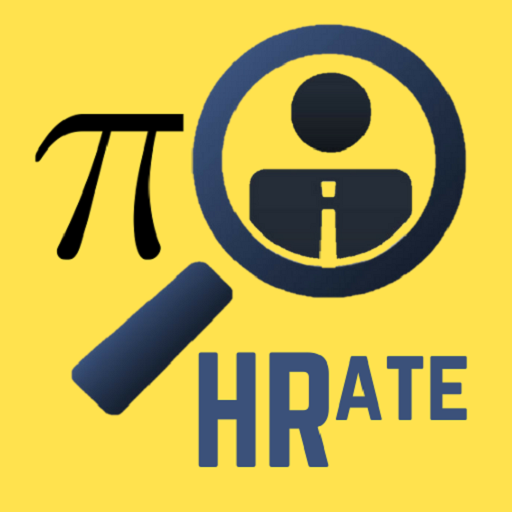Skills Gap Analysis is a strategic process that involves evaluating the skills possessed by the current workforce against the skills required for existing or future job roles within an organization. The goal is to identify discrepancies or gaps between the skills available within the workforce and the skills necessary to meet organizational objectives. Here are key components and steps involved in a Skills Gap Analysis:
- Identify Current Skills:
- Catalog and document the skills and competencies of the existing workforce.
- Consider both technical skills (job-specific) and soft skills (communication, leadership, etc.).
- Define Target Skills:
- Clearly articulate the skills required for current or future job roles.
- Align target skills with organizational goals and industry trends.
- Conduct Gap Analysis:
- Compare the skills possessed by employees with the skills required for their roles or other identified positions.
- Identify areas where there is a shortfall or misalignment.
- Prioritize Skills:
- Prioritize the identified skill gaps based on their impact on organizational performance and goals.
- Distinguish between critical skills that are immediately needed and those required for future growth.
- Assess Training Needs:
- Determine the training and development needs necessary to bridge the identified skills gaps.
- Explore both internal and external training options.
- Develop Training Programs:
- Design and implement training programs that address the prioritized skill gaps.
- Consider various learning modalities, including workshops, online courses, and mentorship programs.
- Collaborate with Employees:
- Engage employees in the process by seeking their input on their own skill development needs.
- Encourage a culture of continuous learning and professional development.
- Monitor Progress:
- Regularly assess and monitor the progress of employees in acquiring the targeted skills.
- Adjust training programs as needed based on feedback and performance metrics.
- Evaluate Impact:
- Measure the impact of the Skills Gap Analysis on organizational performance.
- Assess whether closing the identified gaps has contributed to improved productivity, efficiency, and innovation.
- Iterate and Improve:
- Use feedback from employees and key performance indicators to refine and improve the Skills Gap Analysis process.
- Continuously update skills assessments to align with evolving business needs.
A well-executed Skills Gap Analysis enables organizations to proactively address workforce development needs, enhance employee skills, and ensure that the workforce remains aligned with the organization’s strategic objectives. It is a valuable tool for talent management, succession planning, and maintaining a competitive edge in a rapidly changing business environment.



